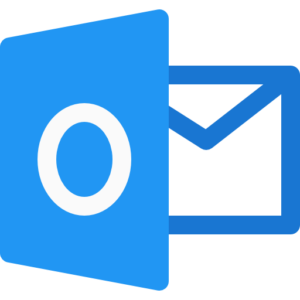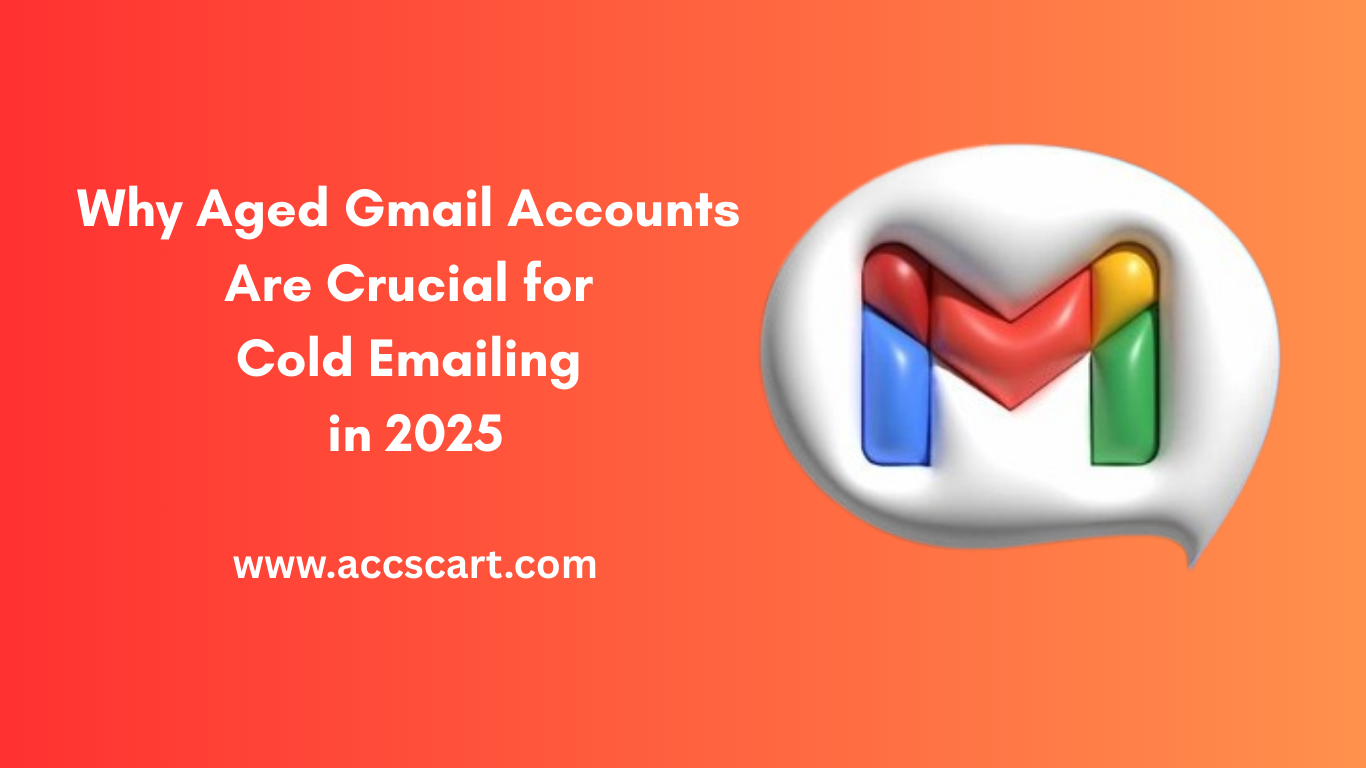Discover why aged Gmail accounts and Gmail PVA for outreach are essential for cold emailing success in 2025. Learn how to improve deliverability, avoid spam filters, and boost engagement.
Introduction
Cold emailing has become an essential tool for businesses, entrepreneurs, and digital marketers aiming to connect with potential clients, partners, or leads. Unlike traditional marketing methods, cold emailing allows for direct, personalized communication at scale, often producing strong returns when executed correctly. Whether it’s a SaaS company reaching out to prospects or a freelancer offering services, cold emailing can open doors that other channels can’t.
However, as we step into 2025, the landscape of email deliverability has become more complex than ever. Email service providers especially Gmail have ramped up their defences against spam, bulk outreach, and unauthorized marketing campaigns. Advanced spam filters, machine learning algorithms, and engagement-based filtering systems are making it increasingly difficult for cold emails to land in the primary inbox. New Gmail accounts are especially vulnerable, often flagged or throttled due to a lack of reputation and activity history.
This is where aged Gmail accounts and Gmail PVA for outreach come into play. These specialized email accounts offer a significant edge for cold emailing in today’s hyper-filtered environment. An aged Gmail account, with its long-standing activity and positive sender reputation, signals trust to Google’s filtering systems. When these accounts are Phone Verified (Gmail PVA), they carry even more credibility, reducing the chances of getting marked as spam and improving inbox placement rates.
In this blog, we’ll explore why aged Gmail accounts and Gmail PVA for outreach are more crucial than ever in 2025. We’ll break down how they work, why they matter, and how to use them effectively to stay ahead of evolving email deliverability challenges.
The Rise of Email Filtering and AI-Powered Spam Detection
As cold emailing continues to grow in popularity, email service providers particularly Gmail have had to step up their game to protect users from unwanted messages. In 2025, Gmail’s spam filtering systems are more advanced than ever, powered by artificial intelligence and behavioural analytics designed to assess the intent, reputation, and authenticity of every incoming message.
Gmail’s Algorithmic Evolution
Over the past few years, Gmail has transitioned from rule-based spam filtering to a more intelligent, behaviour-driven model. It now uses machine learning to analyse a wide range of factors, including:
- Sender reputation and account history
- Engagement rates (open, reply, and click-through)
- Email content, formatting, and keyword use
- IP address and domain reputation
- Bounce rates and spam complaints
This means that emails sent from suspicious or untrusted accounts are quickly flagged or rerouted to the spam folder even if the content appears harmless.
New Email Accounts under Heavy Scrutiny
One of the biggest casualties of this evolution is the new Gmail account. Because it has no email-sending history, no established engagement metrics, and limited activity logs, Gmail treats it as a potential risk. As a result, new accounts are frequently:
- Throttled when sending emails in bulk
- Flagged for unusual activity
- Placed under temporary review or suspension
- Filtered straight to spam, especially for cold outreach
This level of scrutiny makes cold emailing with fresh Gmail accounts a risky and often ineffective strategy.
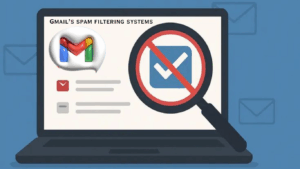
Why Aged Gmail Accounts and Gmail PVA for Outreach Are the Solution
This is precisely why aged Gmail accounts have become so valuable for outreach in 2025. These are accounts that have existed for years, typically with consistent login history, prior email exchanges, and a reputation built over time. Gmail’s algorithms see these aged accounts as trustworthy, which dramatically improves the chances of your emails landing in the primary inbox instead of the spam folder.
Even better, when these aged accounts are also Phone Verified (Gmail PVA for outreach), they carry an extra layer of credibility. Phone verification indicates to Google that the account is being used by a real person and not a bot, reducing the risk of triggering spam filters. Together, aged Gmail accounts and Gmail PVAs give marketers the foundation they need for successful, large-scale cold email campaigns without being penalized by Gmail’s filtering system.
In short, as email platforms become smarter, your outreach strategy has to evolve too. Leveraging aged Gmail accounts and Gmail PVA for outreach is no longer optional it’s a necessity for staying visible in your prospects’ inboxes in 2025.
The Power of Gmail PVA for Outreach
As the landscape of cold emailing grows more competitive and regulated in 2025, using the right type of email account is critical for success. One of the most impactful tools in modern email outreach is the Gmail PVA, or Phone Verified Account. When combined with aged Gmail accounts, PVAs offer a powerful advantage in terms of deliverability, trust, and scalability.
What Is a Gmail PVA (Phone Verified Account)?
A Gmail PVA is a Gmail account that has undergone verification using a valid phone number. This process is part of Google’s effort to prevent spam, fake account creation, and bot-driven activity. When an account is phone-verified, it signals to Gmail that the user behind the account is a real person with traceable identity markers. This verification creates a stronger level of authenticity, which becomes incredibly valuable when sending outreach emails at scale.
The Added Layer of Trust and Credibility
Gmail PVAs inherently carry more credibility than non-verified accounts. Here’s why:
- Verified Identity: Gmail treats phone-verified users as more trustworthy, reducing the likelihood of account suspension or deliverability issues.
- Lower Spam Suspicion: Emails sent from PVAs are less likely to be filtered into spam folders, especially when combined with aged Gmail accounts that have a clean sending history.
- Improved Reputation: Gmail PVAs typically enjoy better sender scores, increasing the chance that your cold emails will reach the recipient’s primary inbox.
When you pair an aged Gmail account with PVA status, you’re essentially using an account that not only has historical legitimacy but also meets modern verification standards making it ideal for outreach in 2025.
Why Gmail PVAs Outperform Non-Verified Accounts in Mass Outreach
For anyone doing high-volume cold emailing, the performance gap between verified and non-verified accounts is massive. Non-verified Gmail accounts are frequently flagged during bulk sending due to:
- Limited trust signals
- Lack of account history
- Suspected automation or spamming behaviour
In contrast, Gmail PVA for outreach provides:
- Higher sending limits: PVAs can often send more emails per day without triggering Google’s throttling systems.
- Reduced bounce and block rates: Gmail is more lenient with verified accounts, allowing messages to bypass filters that catch less credible senders.
- Fewer manual verifications: Non-verified accounts often face captchas or SMS re-verifications mid-campaign, disrupting workflow and risking account lockouts.
Ultimately, if you’re serious about email outreach in 2025, aged Gmail accounts alone aren’t enough. Adding Gmail PVA for outreach to your strategy ensures your campaigns are trusted, scalable, and effective.
Why Aged Gmail Accounts Improve Cold Email Success
Cold emailing can be incredibly effective but only if your messages actually make it to the recipient’s inbox. In 2025, getting past spam filters and achieving high deliverability is more difficult than ever. Fortunately, aged Gmail accounts, especially when combined with Gmail PVA for outreach, provide a powerful solution that can dramatically improve cold email performance.
1. Better Inbox Placement and Reduced Bounce Rates
One of the most critical factors in cold email success is inbox placement. Simply put, if your email lands in the spam folder or never gets delivered, your campaign fails before it even starts.
Aged Gmail accounts have a significant advantage here because they come with a sending history, account activity, and often a positive reputation score. Gmail’s filtering system interprets this as a signal of trustworthiness, meaning your emails are far more likely to bypass the Promotions tab or spam folder and land directly in the primary inbox.
Additionally, aged accounts have already been through the account maturity process, which reduces the chance of bounce-backs and sending limits. This is especially true when paired with Gmail PVA for outreach, which further confirms the legitimacy of the sender to Gmail’s system.
2. Higher Trust Signals to Gmail’s Spam Filters
Spam filters in 2025 are highly sophisticated. Gmail no longer just scans your subject lines and content it evaluates the sender profile itself. Key factors include:
- Account age and usage history
- Sending patterns and volumes
- Engagement metrics from previous emails
- Verification status (PVA)
Aged Gmail accounts naturally send stronger trust signals because they have established digital footprints, often including legitimate conversations, logins from real devices, and consistent usage patterns.
When these accounts are also phone verified (Gmail PVA), they are seen as even more credible. Gmail interprets the combination of age and verification as proof that the account is owned by a real, trustworthy user leading to fewer delivery issues and stronger campaign performance.
3. Increased Engagement Rates Due to Perceived Authenticity
People are more likely to open and respond to emails that look like they come from real individuals, not spam bots. Aged Gmail accounts often carry names, avatars, and email behaviours that appear more “natural,” increasing trust from the recipient’s side.
When a prospect sees an email from an address that isn’t brand new, it feels more authentic and that increases the likelihood of engagement. Open rates, click-through rates, and reply rates all improve when the sender appears legitimate.
Adding Gmail PVA for outreach into the equation reinforces this sense of authenticity. A verified, aged account signals both to the platform and to the end user that the sender is credible. This can give your campaign a significant edge, especially when recipients are increasingly wary of scams, bots, and irrelevant messages.
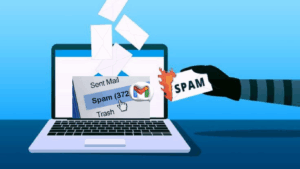
Best Practices When Using Aged Gmail Accounts
Leveraging aged Gmail accounts and Gmail PVA for outreach gives you a major advantage in today’s competitive email environment but these tools must be used wisely. Even a verified, aged account can be flagged or suspended if misused. To protect your sender reputation and maximize the effectiveness of your cold email campaigns, it’s crucial to follow proven best practices.
1. Warm-Up Strategies to Maintain Reputation
Before launching full-scale outreach with an aged Gmail account, it’s essential to “warm up” the account to re-establish or maintain its trust with Gmail’s algorithms. Even if the account is old, a sudden spike in email activity can raise red flags.
Effective warm-up techniques include:
- Start by sending a few manual emails per day to real recipients.
- Engage in genuine conversations (replies and responses matter).
- Join newsletters, subscribe to online services, and mimic natural email behaviour.
- Gradually increase the sending volume over 1–2 weeks.
If the aged Gmail account is also phone verified (Gmail PVA for outreach), it has a head start in terms of trustworthiness but warming it up is still necessary for optimal results.
2. Tips for Avoiding Spam Triggers in Content and Headers
Even the best Gmail account can end up in spam if the content looks suspicious. Gmail uses AI to scan not only the message but also subject lines, headers, and formatting. Crafting emails that feel natural and authentic is critical.
Avoid these common spam triggers:
- Overuse of promotional language like “Buy now,” “Free Offer,” or “Limited Time.”
- Using ALL CAPS or excessive punctuation (!!!).
- Inserting too many links or attachments.
- Embedding images with little supporting text.
Best practices include:
- Personalize each message (use the recipient’s name or company).
- Use natural, human-like language.
- Keep subject lines short and relevant.
- Avoid deceptive or clickbait tactics.
By following these guidelines, you preserve the positive reputation of your aged Gmail accounts and reduce the likelihood of Gmail filtering your emails as spam.
3. Proper Email Volume Scaling to Maintain Sender Reputation
One of the biggest mistakes cold emailers make is sending too many emails too soon. Gmail tracks email volume spikes and unusual patterns and if your account starts blasting hundreds of emails without prior activity, it’s likely to be throttled or even suspended.
Email scaling tips:
- Start with 10–20 emails per day and increase by 10–20% every few days.
- Monitor open rates, bounce rates, and spam complaints closely.
- Use multiple aged Gmail accounts (ideally Gmail PVA for outreach) to distribute sending volume safely.
- Use email automation tools with built-in safety features like daily limits and random sending intervals.
Proper scaling ensures your aged Gmail accounts remain healthy, your domain and IP reputation stay intact, and your cold outreach campaigns perform consistently.
Where to Get Reliable Aged Gmail Accounts and Gmail PVAs
As cold email strategies evolve in 2025, so does the demand for high-quality aged Gmail accounts and Gmail PVA for outreach. These accounts play a critical role in ensuring email deliverability and credibility. But not all account providers are equal and buying the wrong type can do more harm than good.
Here’s how to make sure you’re sourcing your Gmail accounts from a trustworthy, reputable provider.
1. Criteria for Choosing a Trusted Provider
When sourcing aged Gmail accounts and Gmail PVAs, quality and reliability are everything. A good provider should deliver accounts that are not only aged and phone verified but also nurtured and ready for use.
What to look for:
- Genuine account history: Accounts should have a natural activity timeline, including logins, basic usage, and consistent IP access.
- Phone verification (PVA): Ensure the accounts are verified using real mobile numbers and not through temporary SMS services.
- Unique IP usage: The accounts should not share IPs with hundreds of other buyers; this prevents Gmail from flagging your activity.
- Clear age labelling: The provider should clearly list when the account was created (e.g., 2015, 2018, etc.).
- Delivery format: Accounts should be delivered securely with recovery information and login credentials.
A top-tier provider understands how important aged Gmail accounts and Gmail PVA for outreach are to your business and will offer accounts that are safe, stable, and clean.
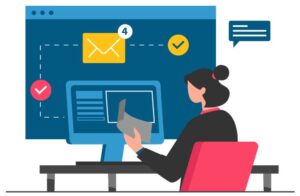
SHOP NOW
2. Red Flags to Watch Out For
Unfortunately, the marketplace is full of low-quality account sellers. Buying the wrong Gmail accounts can result in immediate suspensions, poor deliverability, or worse—blacklisting of your entire outreach infrastructure.
Avoid providers who:
- Use bots or automation tools to create bulk accounts with no real activity.
- Sell recycled or reused accounts that have been flagged or banned previously.
- Don’t offer PVAs or can’t guarantee the phone number is legitimate.
- Have vague product descriptions or hide key account data like creation year and IP origin.
- Lack transparency or refuse to answer technical questions about the accounts.
If a deal looks too good to be true (like 100 accounts for a few dollars), it likely is. Low-cost Gmail accounts often come with hidden problems that will surface during your campaigns.
3. Importance of Support and Replacement Guarantees
Even the best accounts can occasionally run into issues, which is why ongoing support is just as important as the initial purchase. Reputable providers stand behind their products and are prepared to help when things go wrong.
What to expect from a quality provider:
- Replacement guarantee for non-working or banned accounts within a set period.
- Responsive customer support that understands the technical side of Gmail deliverability.
- Guidance on warm-up strategies and usage best practices.
- Secure delivery through encrypted or protected file transfers.
Buying from a provider who offers ongoing support ensures that you’re not left in the dark if a problem arises. This is especially important when you’re running outreach at scale and need consistent performance from your aged Gmail accounts and Gmail PVA for outreach.
Conclusion
In 2025, using aged Gmail accounts and Gmail PVA for outreach is essential for successful cold email campaigns. These tools offer improved deliverability, higher engagement rates, and reduced risks of account suspension or blacklisting.
To stay ahead of email deliverability challenges, it’s crucial to gradually warm up accounts, avoid overloading them, and ensure proper email authentication (SPF, DKIM, DMARC). By adopting smarter strategies, such as scaling email volume responsibly and maintaining a solid sender reputation, you’ll improve outreach effectiveness and build stronger connections with your audience.
Embrace these tools and strategies to ensure your cold emailing remains successful in 2025 and beyond.





